10 Cool Smart Home Devices To Know About In 2021
Looking for an easier way to make beer at home? Or maybe you’re looking for a novel new approach to home security? CRN rounds up some of the coolest, new smart home devices that are coming to market, which also includes new smart home hubs, buttons and water usage sensors.

Wi-Fi Waves For Home Security, Smart Speakers For Showerheads, And More
In the market for new additions to your smart home? Or are you just curious about what else tech companies can do to inject the internet into household items? If you belong to one of the two groups, good news: The march of new connected gadgets for dwellings continues, and some of them offer a welcome twist on existing smart home technology.
Take, for example, smart speakers. What if you could put one in your showerhead and give Alexa some commands while also letting out your shower thoughts? And what if you could use the power of Wi-Fi to make your home more secure while also reducing false alarms? And then there’s the idea of allowing voice assistants like Google Assistant to talk with each other for a more interoperable smart home.
[Related: 8 Cool IoT Sensors And Devices That Stole The Show At CES 2021]
These are just a few of the ideas on display in new smart home gadgets that have recently been released or are coming to market sometime this year or later. While some may end up being one-hit wonders, others could have a longer lasting impact on home automation.
What follows are 10 cool smart home devices you should know about in 2021.

Ainenne
Ainenne is a bedside lamp that serves as a sleep trainer for babies. The device analyzes cry patterns to determine sleep patterns — which can be visualized in a companion smartphone app — and then makes recommendations on the optimal time to wake the baby. During the wake-up period, the built-in LED lamp slowly increases in intensity to simulate natural morning light, and it can also generate white noise during sleep cycles. Details on pricing and availability were not available.
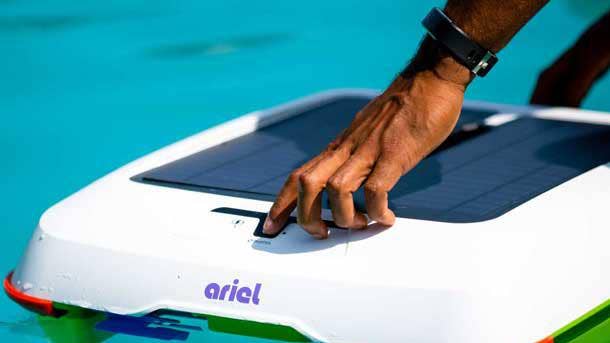
Ariel By Solar Breeze
Ariel by Solar Breeze is like a Roomba but for the pool, giving pool owners an easier way to clean up debris that collects at the surface. The robot pool cleaner comes with a mesh filter that can collect particles that are as small as 200 microns, and its debris collection chamber is twice as big as normal skimmer baskets. Ariel is outfitted with solar panels and a rechargeable battery as well as obstruction sensors that light up so that the robot can run at night. It takes about one-and-a-half hours for Ariel to clean an average pool. The full price of Ariel is $528, and it will start shipping in March.
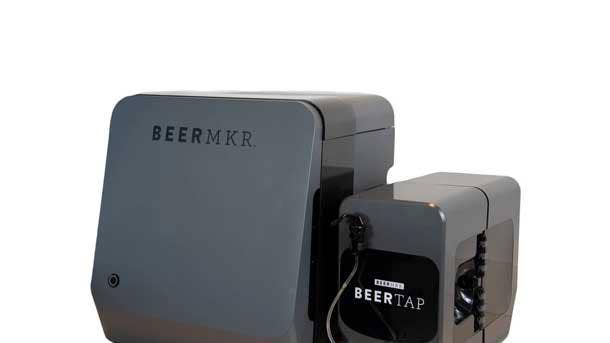
BEERMKR
BEERMKR is an automated home brewing system that is designed for both novices and professionals who want an easy way to make beer. The system requires the user to insert the ingredients and BeerBag brew pouch and fill it with water. The brewing and fermentation are then handled completely by the system, which is triggered via smartphone app and can be customized. The system comes with a beer tap that works with the BeerBag brew pouch for serving. Six beer options are currently available, including Future IPA and Ghost Wheat. The entire system is available for $579.
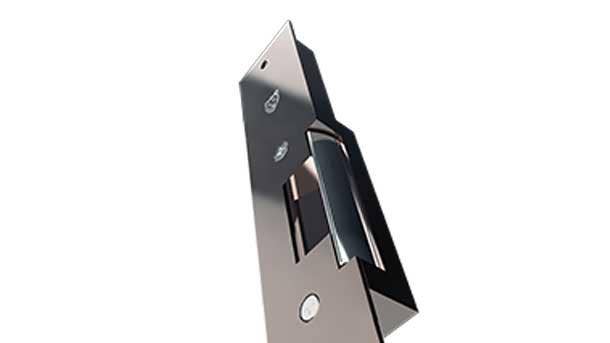
Den Smart Strike
The Den Smart Strike is an electric door strike that opens via wireless communication, which is an industry-first, according to the product’s vendor, Den. The Smart Strike supports Bluetooth Low Energy, Wi-Fi and Z-Wave to communicate with a smartphone, and it’s expected to support integration with popular smart home platforms. Zen said the Smart Strike is more secure than smart door locks because it is installed into the door’s mortice, making it more difficult to bypass. Information on pricing was not available, but Zen said it expects to release the product in the third quarter of 2021.
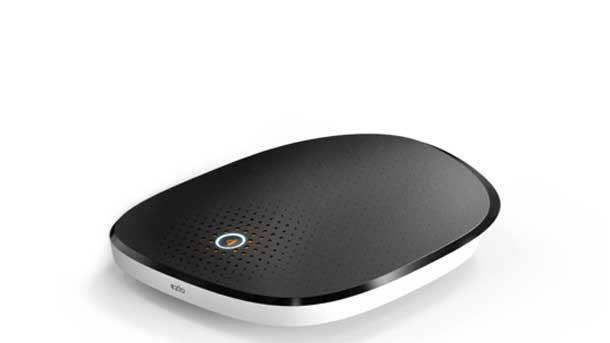
Ezlo Secure
The Ezlo Secure is a smart home hub that is purportedly two times faster than Samsung’s latest SmartThings hub and allows for a unique interplay of voice assistances. With support for integration with voice assistants from Amazon, Google and Amazon, the smart home hub allows users to create “scenes” in which voice commands can trigger one voice assistant to communicate with other voice assistants as well as various smart home devices. For instance, a user can tell Siri to run a “good night” scene, which will prompt Siri to switch off Alexa-controlled lights, adjust the Google Nest thermostat and secure Ezlo-connected smart locks. In case of power and internet outages, Ezlo Secure comes with a 4G LTE modem and backup battery to keep devices running locally. The smart home hub supports Z-Wave, Zigbee and Wi-Fi connectivity. It’s available for pre-order for $199.95.
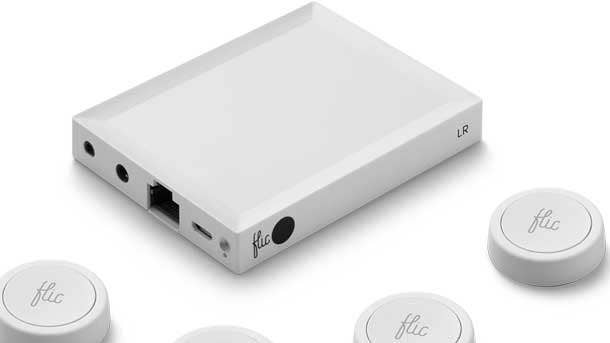
Flic 2
Flic 2 is a system of smart home buttons that allows users to program each button with different actions for various smart home devices. Every button can perform three different actions by supporting triggers for one push, two push and hold. For instance, one button can switch on the lights, turn on music and begin a smart home routine through the three triggers. Users can identify buttons by affixing function-specific stickers to them from Flix’s set of 40 stickers. The buttons are compatible with more than 1,000 devices and services, which includes Apple HomeKit, IFTTT and Philips Hue. The Flix 2 Starter Kit, which comes with three buttons and the Flic Hub LR, is available now for $159.99.
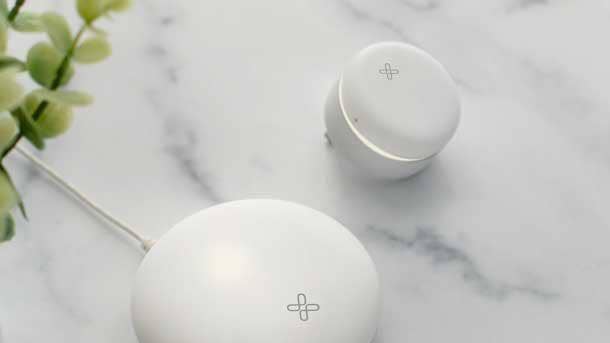
Hex Home
Hex Home is a home security system that uses Wi-Fi waves to detect human presence and motion, giving customers an alternative to traditional security setups. The vendor, Origin Wireless, claims that Hex Home is designed to reduce the number of false alarms by allowing users to tweak 10 sensitivity levels to filter out things like pet and mechanical motions. The system consists of two devices: the Hex Command, which is a pod that sits on a surface, and a Hex Sense, which plugs into the wall. With these two devices, users can see motion changes in real time and historically. The Hex Home smartphone app also lets users change system modes to manage the siren and customize alerts. Hex Home is expected to be available in the spring starting at $179.99.
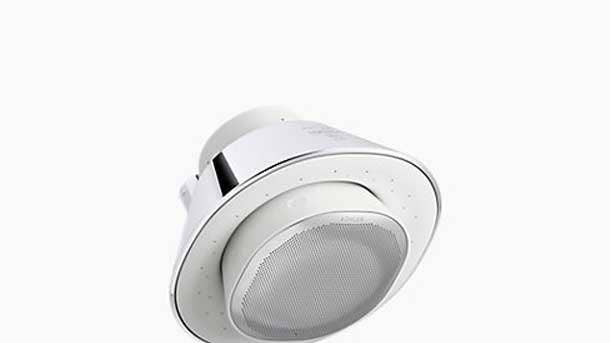
Moxie
Moxie is a showerhead and wireless speaker hybrid made by Kohler that comes with optional Amazon Alexa integration, so that at least something will finally listen to your shower thoughts. The showerhead is largely pitched as a way to listen to music and podcasts in the shower, but the Alexa integration opens up more possibilities of how you can interact with your smart home. The showerhead’s wireless speaker is designed by Harman Kardon to provide a high-fidelity sound, and it’s removable and waterproof so that you can bring it to the beach. The speaker comes with built-in microphones to tune out white noise and make it easier to communicate with Alexa. The Alexa speaker has a battery life of up to 5.5 hours while the Bluetooth version can last for up to 9 hours. The Alexa version currently costs $239 while the Bluetooth version starts at $179.

Pleco
Pleco is a water usage sensor that attaches to a water meter and sends data to the Pleco touch-screen display and smartphone app, both of which show how households are using water in near real time. The sensor comes with a battery shell for four standard D-cell batteries, which are expected to last roughly 12 months, and an antenna for wirelessly transmitting the data. The system allows users to set water usage goals, identify different sources of water use, detect leaks as well as track daily, weekly and monthly trends. The Pleco kit is available for $249.
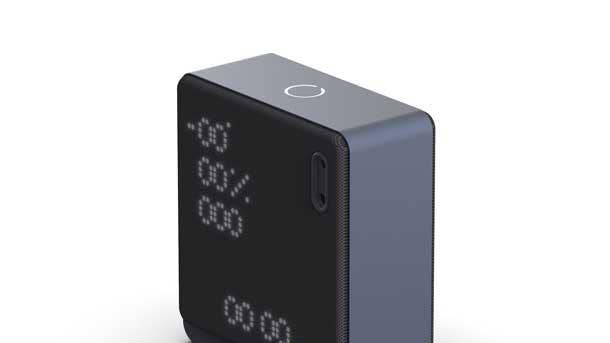
Scala
Scala is a voice-enabled smart energy management hub for the European market that provides real-time updates on water, electricity and gas usage while also tracking atmospheric data, like temperature and air quality. The hub comes with an LED display, but it can also provide information in response to voice prompts. Scala is designed to integrate with the energy monitoring platform from the hub’s vendor, Joule, and it comes with Scala Satellites that plug in the wall to monitor electricity usage. The Scala system uses the Joule smartphone app, which displays real-time and historical data while also allowing users to set notification thresholds for things like electricity consumption. Information on pricing and availability for Scala was not available. It is not known if Joule plans a North American release.